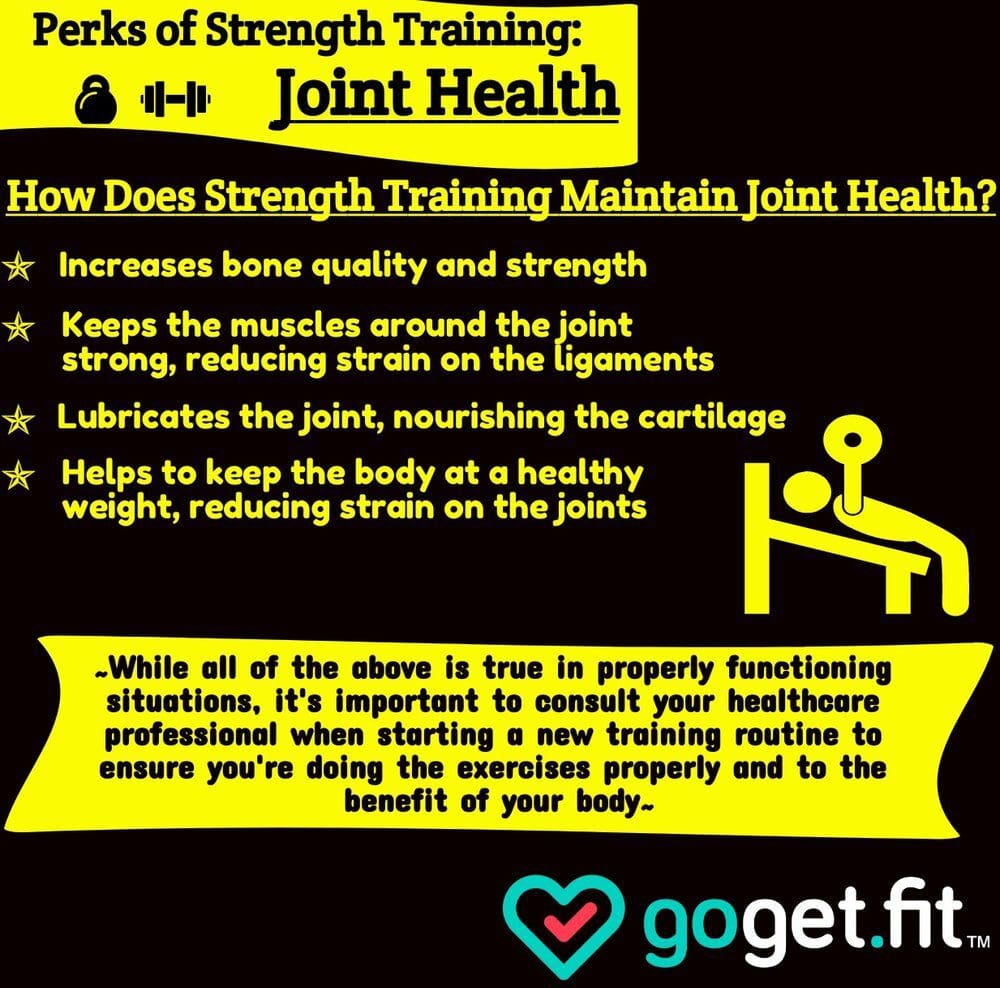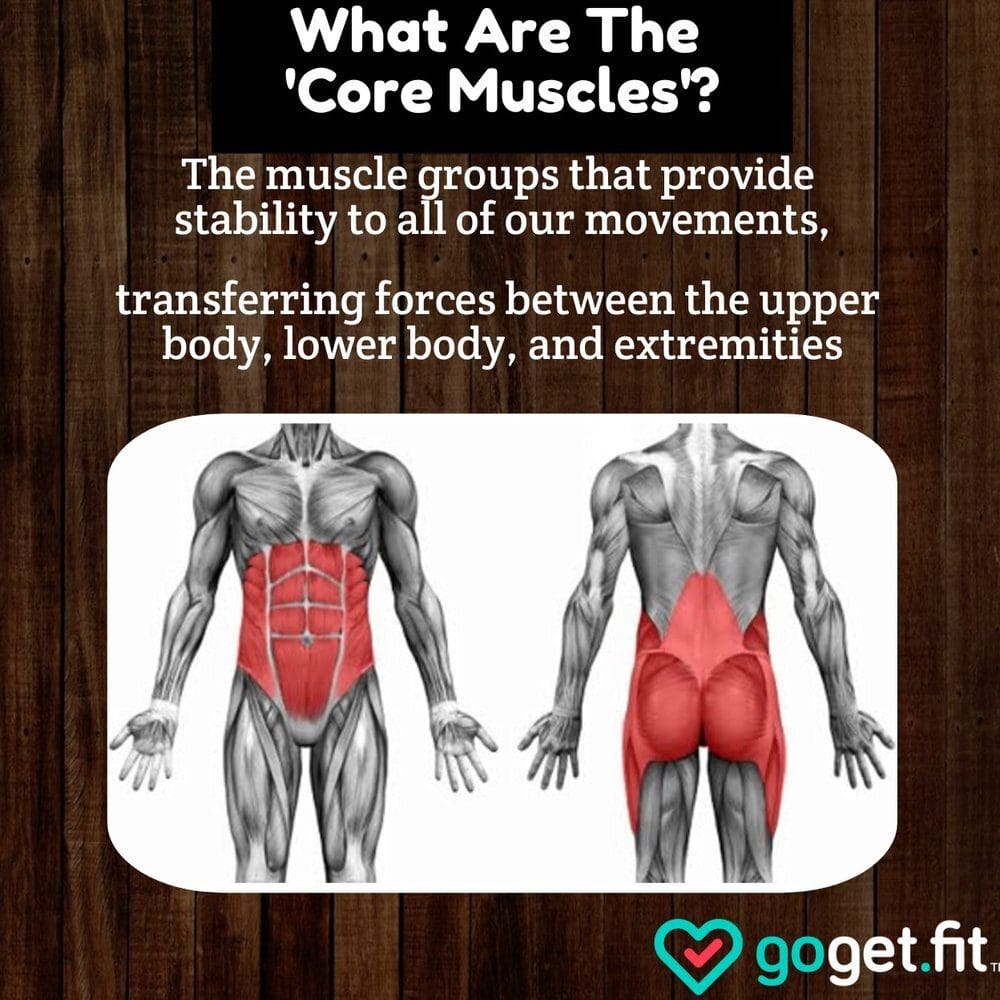GUEST BLOG – Why Add Strength Training to Your Aerobic Program?
Author: Kyle Rawlek

Across history, many different cultures have seen the value of combining both aerobic and strength training. It’s well known that the Ancient Greeks had a broad fascination with the capability of the human body the Egyptians depicted strength training with bags of sand and rocks in their art; it’s clear that, even in historic cultures, both strength and aerobic training were highly valued.
If you’re wondering about the benefits that stem from introducing a strength program to your aerobic fitness you don’t have to look very far to see them. Over the last couple of decades, there have been several studies reviewing these improvements.

A study published in the Journal of Sports Science & Medicine in 2009 reviewed the benefits of adding 2 resistance training sessions per week to the programs of swimmers. It wasn’t surprising when the expected increase in the strength of their strokes when swimming appeared. What was surprising though, was that they found a significant improvement in the swimmers’ medium-distance races, as opposed to their shorter races, which didn’t show much of a change. At 400 meters the swimmers knocked an average of almost 4 seconds off their previous best times. They also significantly improved their overall strength, and their in-water stroke force, making their ability to maintain a pace in the water easier over a longer time. [2] What this means is that they could work for longer at a higher intensity, thereby burning more calories and getting a better cardiovascular workout.
The above test is applied to swimmers and may have you thinking “What does this have to do with me?”. Don’t worry, it turns out that many different groups of people can find benefits from the addition of resistance training to their already-established aerobic training program.
For example, in 2017, a study published in the online edition of Pub Med looked at the effects on an elderly hypertensive (high blood pressure) population. They found that when you add a strength training program that includes 3 sessions per week, you see a larger decrease in the amount of stored fat in the body (when compared to a group just doing aerobic training). This is in addition to the benefits that come from aerobic exercise that include: reduced blood pressure, body mass index, and waist and abdominal circumference. [3] Hence hitting the weight room had a greater impact on getting rid of fat when combined with aerobic activity than if you didn’t include resistance training in your weekly workouts.
How else can strength training benefit you when added to your aerobic exercise? It helps with increasing your balance, which is especially important year-round. Whether it’s the danger of slipping on ice, or recovering from a trip over an obstacle, balance is important for avoiding a fall; and the possible following injury.
If you’re thinking to yourself “how can lifting weights possibly help with my balance?” that’s alright, it’s surprising, but strength training helps to improve the strength of many of the small stabilizer muscles in your body along with your core muscles (see the graphic below) that are heavily involved in movement and balance by simply activating them. This is especially true when using compound movements (movements involving two or more joints) such as deadlifts and squats. These exercises activate your core muscle groups, as well as major muscles in the lower body that are important for mobility. [4]

Your strength training doesn’t have to include classic weight lifting like bench presses and deadlifts to be effective. Practices such as Yoga and Tai-Chi address the issues of balance and stability by strengthening core muscles. Even straight-forward body weight exercises like push-ups, squats, and sit-ups are great for maintaining and improving muscle mass, as well as repairing muscle imbalances, when done properly.
With all the information at our disposal, it’s hard to argue against the suggestion of including a strength training program in our lives. It doesn’t have to be incredibly in-depth either. 2 days a week at around 30 minutes per day should be more than enough time to maintain muscle mass, improve BMI, and promote overall well-being. I think that it’s fair to say that if we value our autonomy as human beings, then we’ll take part in a strength training program as well as our regular aerobic activity to maintain our balance, mobility, and independence.
References:
- Health Benefits of Combining Strength and Aerobic Training – https://fitness.org.au/articles/exercise-research-reviews/run-and-lift-the-beneficial-health-effects-of-combining-aerobic-and-strength-training-for-obese-individuals/8/653/19
- Strength Training Applied to Swimming – https://www.ncbi.nlm.nih.gov/pmc/articles/PMC3763280/
- Strength and Aerobic Training in Older Hypertensive Adults – https://www.ncbi.nlm.nih.gov/pmc/articles/PMC5463253/
- Strength Training and Fall Prevention – https://www.fivestarseniorliving.com/blog/health-wellness/strength-training-and-fall-prevention
- Core Muscle Group Info –